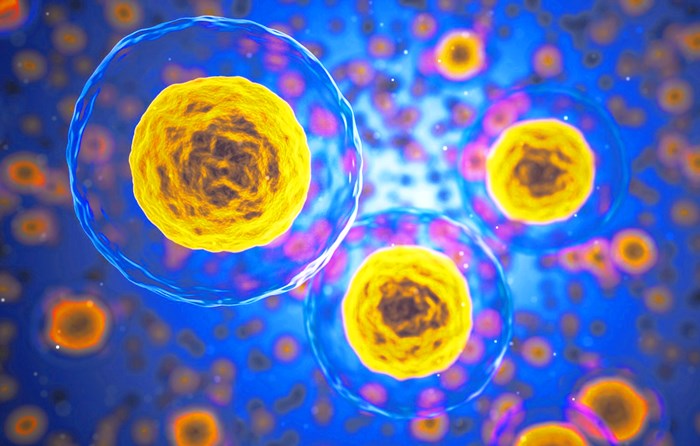
A group of researchers have devised a new technique to identify the state of stem cells at an early stage of their development. This important breakthrough will help researchers manipulate and test stem cells before using them in a stem cell treatment.
The best part about this new technique is its simplicity — it is easy to perform and very accurate. The researchers claim that this new technique will usher in a new wave of studies and findings.
Previously, assessing the state of stem cells was an inaccurate science and researchers had to estimate the fate of large groups of cells. They couldn’t look at a specific stem cells and determine their fate. When doctors used a stem cell therapy, they could never be certain that all of the stem cells would turn into the kind of cell they required for the procedure.
The main problem researchers faced was that the protein markers that distinguish stem cells with different fates don’t turn up until the stem cell has transitioned — which is too late for many stem cell therapies.
This new technique for testing stem cells uses super-resolution microscopy to analyse epigenetic modifications. Epigenetic modifications affect how DNA is wrapped within the nucleus — ultimately determining what kind of cell the stem cell transitions to.
Using super-resolution microscopy allowed the researchers to identify the fate of individual stem cells days before other techniques would be effective.
As Dr. Rosemarie Hunziker explains, “Having the ability to visualise a stem cell’s future will take some of the questions out of using stem cells to help regenerate tissue and treat diseases. It’s a relatively simple way to get a jump on determining the right cells to use.”
Researchers will now be able to identify and filter stem cells before using them in a procedure. This will greatly increase the effectiveness of stem cell therapies and will lead to many more exciting research discoveries.
Source: Super resolution imaging helps determine a stem cell’s future
{{cta(‘010124f3-c9bc-4a23-b9fc-74953e6288c9’)}}


